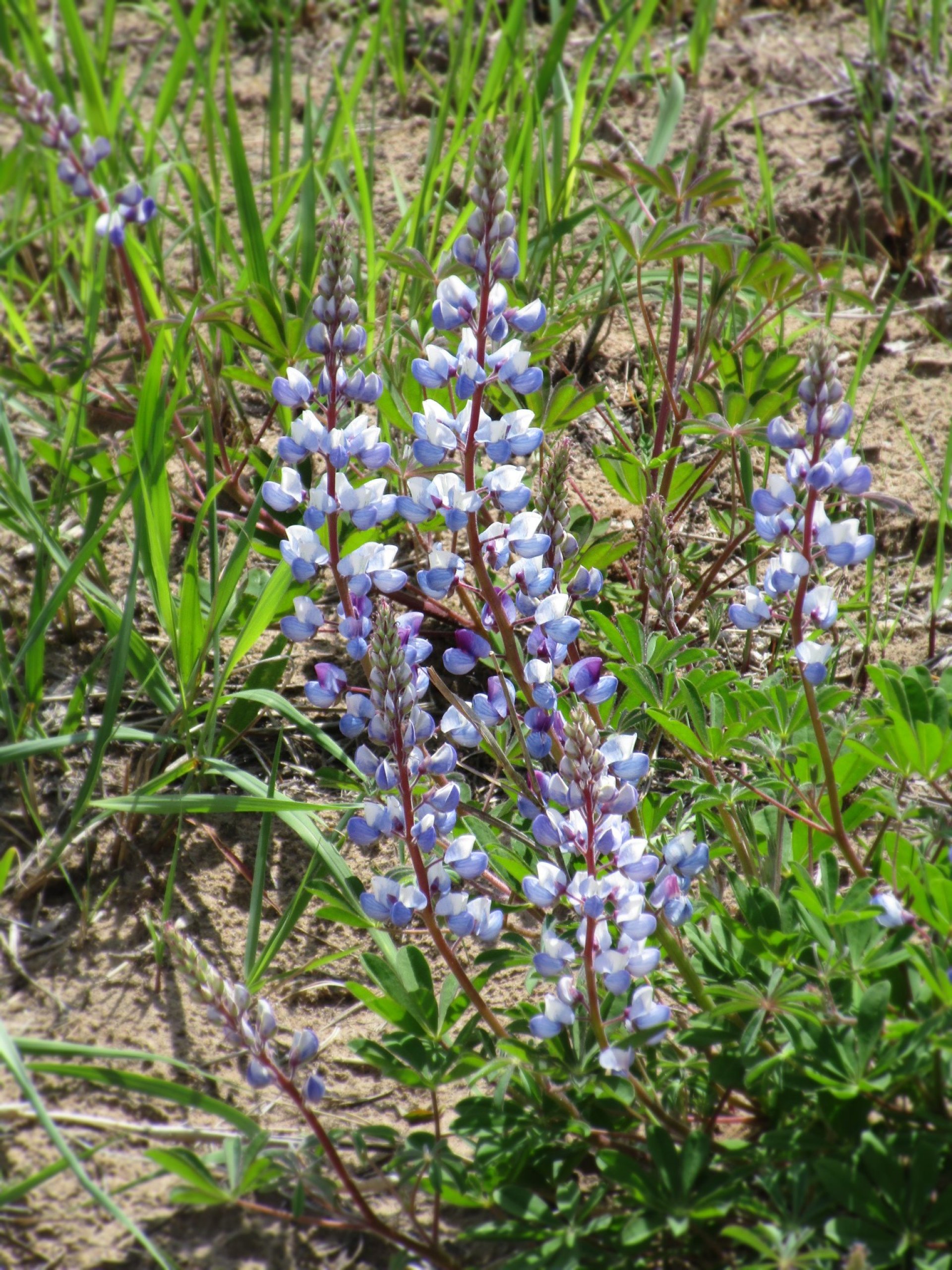by Emily Corcione
I recently drove past the SEFCU building off of Route 155, and immediately thought the Pine Bush was under attack by developers once again. Ostensibly, the felled trees and bare sand, which have so often preceded the disappearance of precious pine barrens land, seemed like one more residential or business invasion of the environment. But after speaking with Joel Hecht, Stewardship Director for the Albany Pine Bush Preserve Commission, I learned that in this case, the clear-cutting is actually a good thing. The surrounding area is undergoing habitat restoration and invasive species removal by the Commission.
There are some invasive plants in the area that often have a negative impact on the native species. One such plant, the black locust tree, is the focus of this project by the Albany Pine Bush Preserve Commission. The locusts, a nonnative tree to the northeast, have been spreading aggressively in the pine barrens, out-competing many important species in the area. Many other plants in the locusts’ paths are killed off by being shaded out or not being able to withstand the changing soil chemistry.
Some areas of the Pine Bush have become virtual forests of locusts, at the expense of other native plants. The Commission is trying to reverse this trend by bringing back the species that have been out-competed. One species they are concentrating on is the wild blue lupine, a plant vital to survival of the Karner Blue Butterfly in its larval stage. The Commission wishes to remove the locusts, allow the native pine barrens plants like the lupine to grow back, thus creating good quality habitat for the butterfly.
To do this, the area must be removed of all plants and roots and stripped down to pure sand. A contractor is hired to bring in heavy equipment to take down all the trees and then pull out the roots with a rake. This sets the stage for the Commission to plant back the native plants. If all goes according to plan, the Karner Blue will populate the area in about five years.
Similar projects have been done in other locations, such as the area on Apollo Drive off Route 155, where a parking lot was removed and replanted,* and now lupine plants and butterflies populate the area. There are still four to five hundred acres of locusts that the Committee wishes to replant over the next two decades.
Thus, with this new knowledge, I will not cringe the next time I drive past the bare sand and construction equipment. In the short-term, these sites are not going to be very attractive, but I now know that the long-term objective is a much more aesthetically pleasing, and much more hospitable atmosphere for native plants and for the butterflies.
* Save the Pine Bush sued the Town of Guilderland over its approval of a development for this area. Though ultimately SPB lost in court, because of the long delay caused by the lawsuit, the developer did not build, and The Nature Conservancy was able to purchase the land for preservation.
